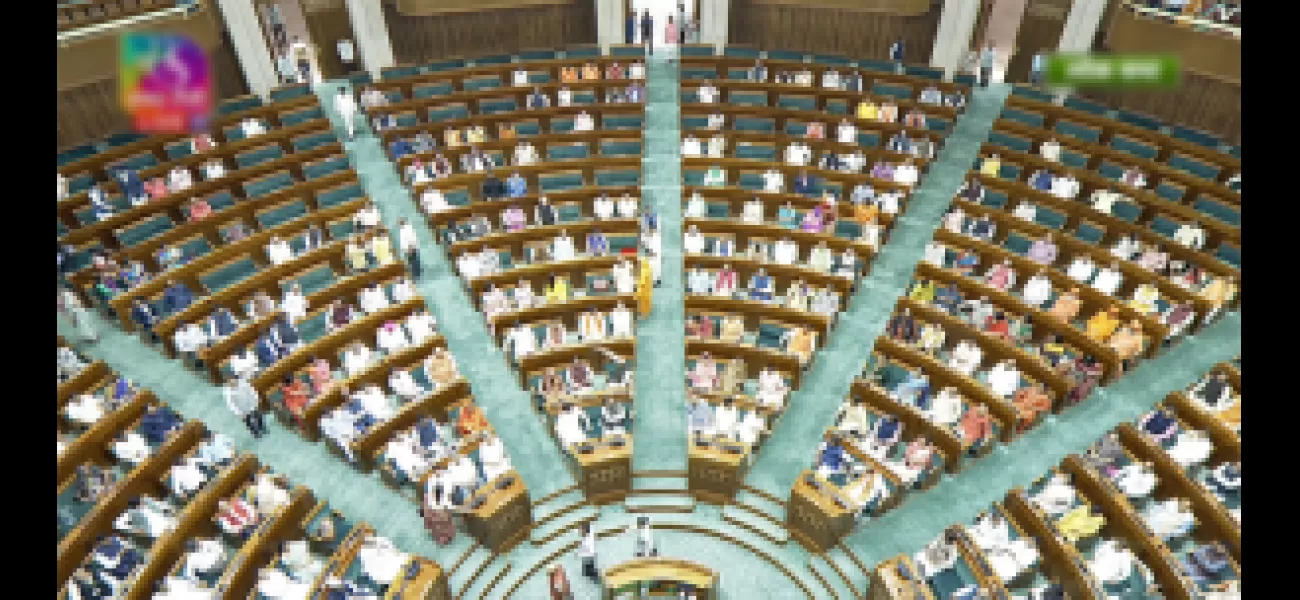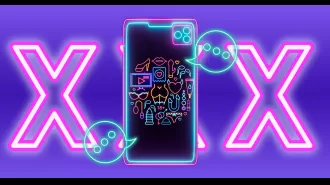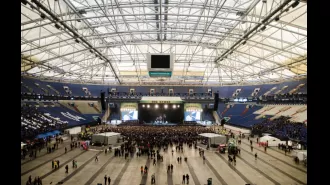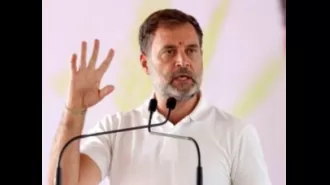The Lok Sabha Speaker election will take place on June 26, and candidates can be nominated until noon on June 25.
India's Lok Sabha will choose a new Speaker on June 26 and members must submit candidate support motions by noon the day before, the secretariat announced. The new session will run from June 24 to July.
June 13th 2024.

The Lok Sabha, India's lower house of parliament, is gearing up for the election of its new Speaker on June 26. According to a statement released by the Lok Sabha secretariat on Thursday, members have until 12 noon on the day before the election to submit notices for motions supporting their candidates. This means that any member who wishes to propose another member for the position of Speaker must do so in writing to the secretary general before 12 noon on Tuesday, June 25.
The 18th Lok Sabha, which is the current iteration of the Lok Sabha, will convene for the first time on June 24 and the session will run until July 3. The first two days of the session will be dedicated to the oath-taking ceremony for the newly-elected members, while June 26 has been set as the date for the election of the Speaker. The following day, President Droupadi Murmu will address a joint sitting of the Lok Sabha and Rajya Sabha.
The process of electing a Speaker involves the submission of a notice for a motion, which must be seconded by a third member. The candidate who is nominated for the position must also provide a statement declaring their willingness to serve as Speaker if elected. It is important to note that a member cannot nominate themselves or second a motion, as per the rules laid out by the secretariat.
Once a motion has been moved and seconded, it will be put to vote in the order that it was submitted. If necessary, a division will be called to decide the outcome of the vote. If a motion is carried, the person presiding over the proceedings will declare the successful candidate as the new Speaker of the House.
In a nutshell, the process of electing a Speaker involves the submission of a motion supported by other members, followed by a vote and ultimately, the announcement of the chosen candidate. With everything set in motion, the Lok Sabha eagerly awaits the election of its new Speaker.
The 18th Lok Sabha, which is the current iteration of the Lok Sabha, will convene for the first time on June 24 and the session will run until July 3. The first two days of the session will be dedicated to the oath-taking ceremony for the newly-elected members, while June 26 has been set as the date for the election of the Speaker. The following day, President Droupadi Murmu will address a joint sitting of the Lok Sabha and Rajya Sabha.
The process of electing a Speaker involves the submission of a notice for a motion, which must be seconded by a third member. The candidate who is nominated for the position must also provide a statement declaring their willingness to serve as Speaker if elected. It is important to note that a member cannot nominate themselves or second a motion, as per the rules laid out by the secretariat.
Once a motion has been moved and seconded, it will be put to vote in the order that it was submitted. If necessary, a division will be called to decide the outcome of the vote. If a motion is carried, the person presiding over the proceedings will declare the successful candidate as the new Speaker of the House.
In a nutshell, the process of electing a Speaker involves the submission of a motion supported by other members, followed by a vote and ultimately, the announcement of the chosen candidate. With everything set in motion, the Lok Sabha eagerly awaits the election of its new Speaker.
[This article has been trending online recently and has been generated with AI. Your feed is customized.]
[Generative AI is experimental.]
0
0
Submit Comment





